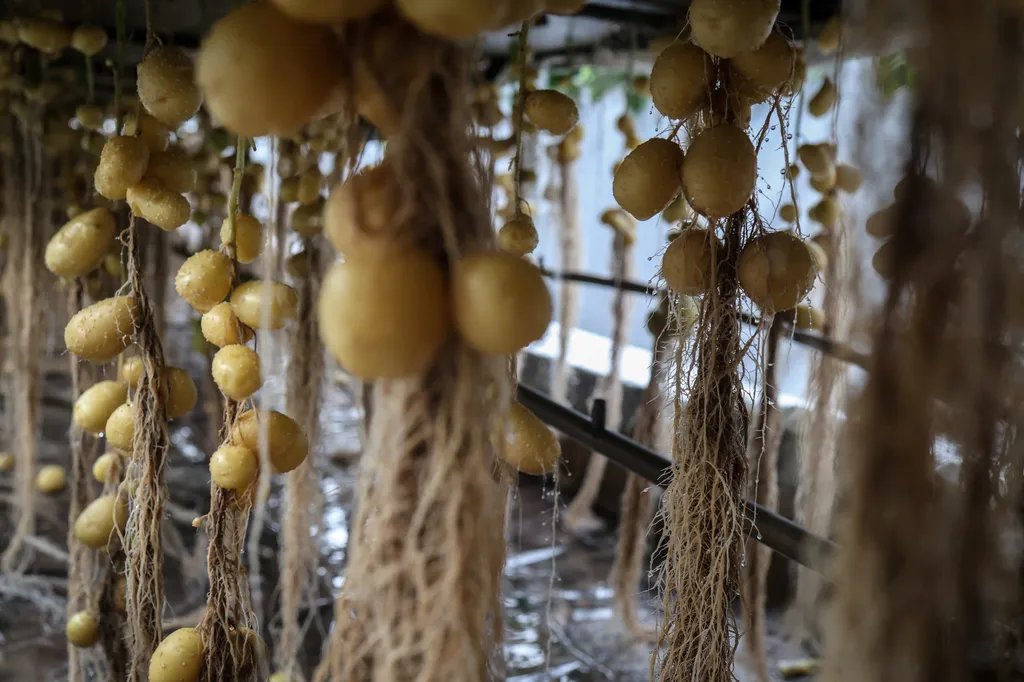In the heart of southwestern China, a groundbreaking study is reshaping our understanding of potato yield potential and the factors that limit it. Led by Ying Wang, a researcher affiliated with an undisclosed institution, the study published in the open-access journal ‘PLoS ONE’ (which translates to “Journal of Open Science”), leverages a novel plant growth stimulator model called “Solanum” developed by the International Potato Center. The research offers promising insights for farmers, agronomists, and the broader agricultural industry, with significant implications for food security and economic growth.
The study focused on assessing the yield potential and yield gaps of three potato cultivars across different planting seasons in Yunnan Province. The results were striking. The average potential yield of potato crops in the spring season was found to be 125.6 t/ha, significantly higher than the yields observed in early spring (56.40 t/ha) and autumn (45.30 t/ha) seasons. However, the actual yields fell short of these potentials, with yield gaps of 107.30 t/ha, 36.70 t/ha, and 32.10 t/ha respectively.
Ying Wang emphasized the importance of these findings, stating, “Our research reveals that the spring potato in Yunnan Province has the highest potential yield in the world. This is a game-changer for the region’s agricultural industry.”
The study identified key factors contributing to these yield gaps. Late blight disease was pinpointed as the primary cause of the large yield gap in the spring season. In contrast, inadequate rainfall was found to be the major factor impacting the actual yield of potato crops in the autumn and early spring seasons.
The implications of these findings are profound. By extending the growing season and effectively managing late blight, the study suggests that actual yields could be increased by up to 115%. This could bring substantial economic benefits to the region, boosting local economies and contributing to global food security.
The use of the Solanum model in this study represents a significant advancement in agricultural technology. As Ying Wang noted, “The Solanum model allows us to simulate and predict yield potentials with a high degree of accuracy. This tool is invaluable for guiding future agricultural practices and policies.”
The research also highlights the importance of sustainable agriculture in achieving food security and economic growth. By identifying and utilizing the yield potential of existing cultivars, farmers and agronomists can make more informed decisions, leading to more efficient and productive agricultural practices.
Looking ahead, this study paves the way for further research and development in the field of agricultural technology. The Solanum model, in particular, holds great promise for improving yield predictions and guiding agricultural strategies. As the global population continues to grow, the need for sustainable and efficient agricultural practices becomes ever more critical. This research offers a significant step forward in meeting that need.
In the words of Ying Wang, “This is just the beginning. The potential for further advancements in agricultural technology is immense, and we are excited to be at the forefront of this exciting field.”

